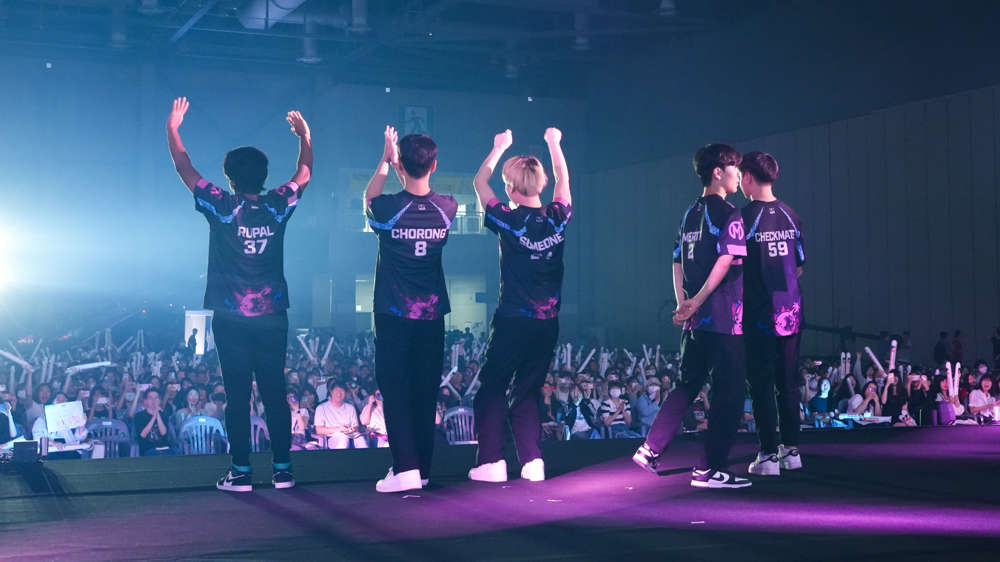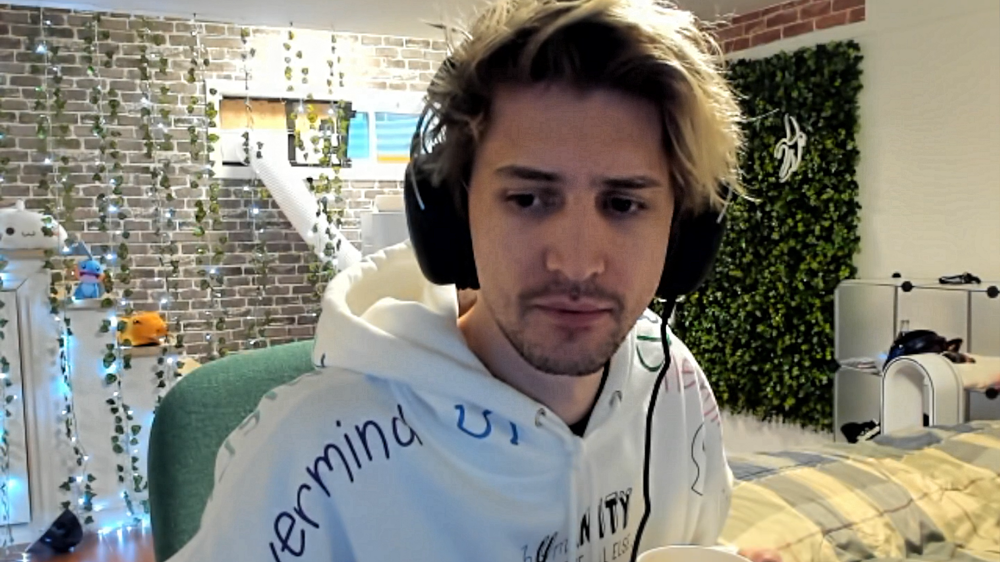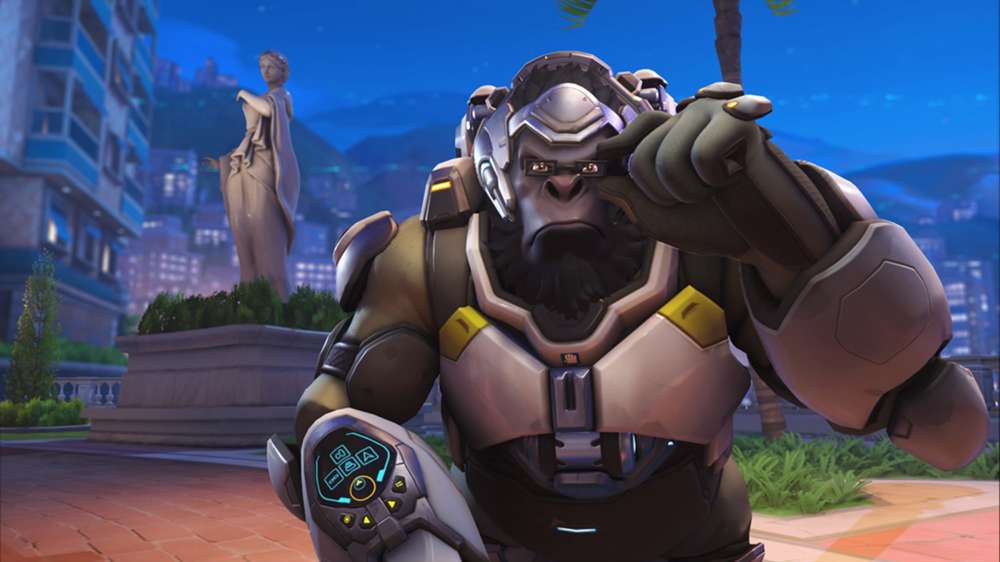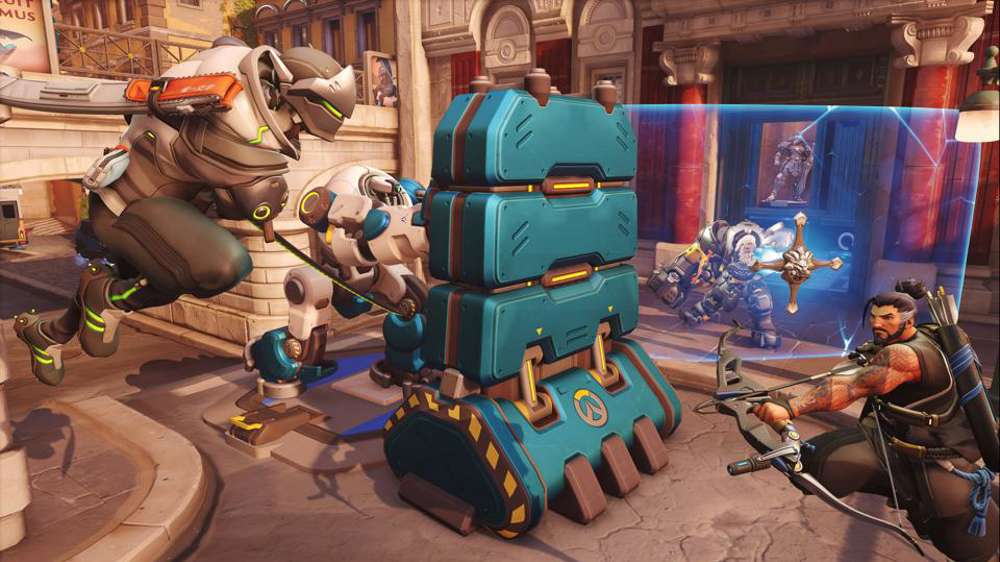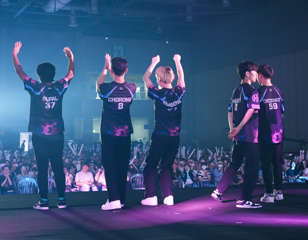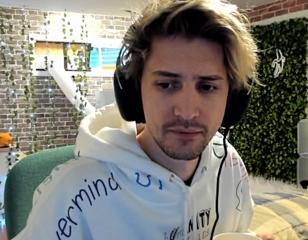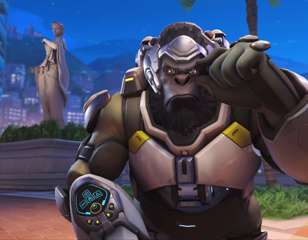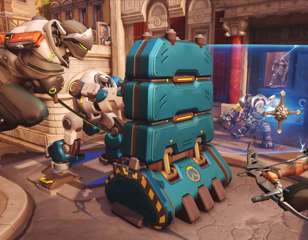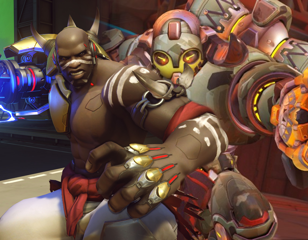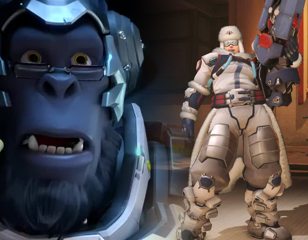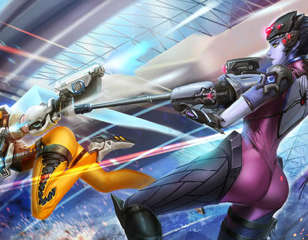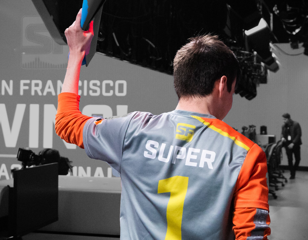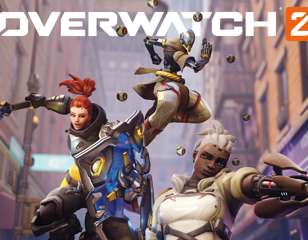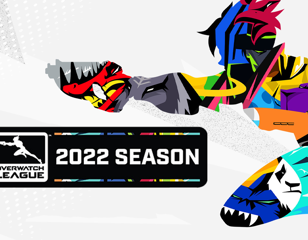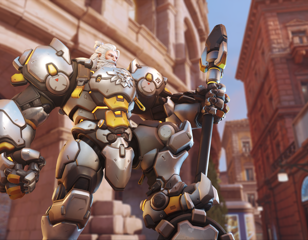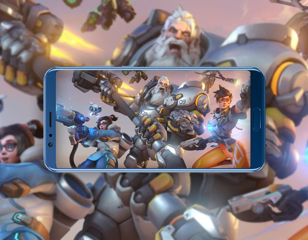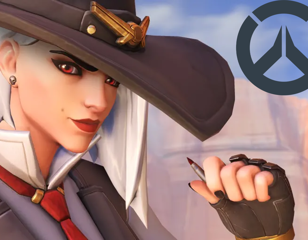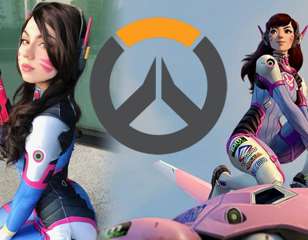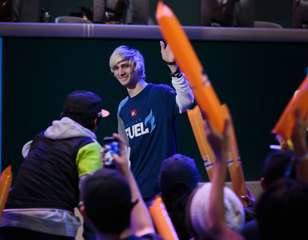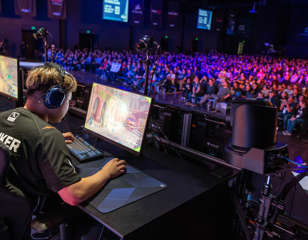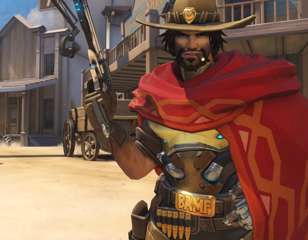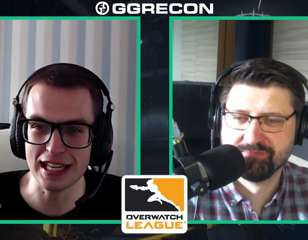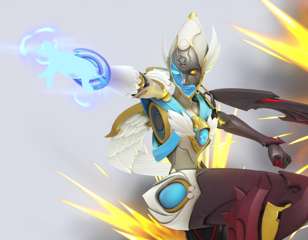OWL, who are you? It depends which team is asking
“Thinking it Over” is a short opinion piece to encourage debate around a specific topic.

Sascha Heinisch
11th Dec 2019 20:06
Images courtesy of Blizzard Entertainment
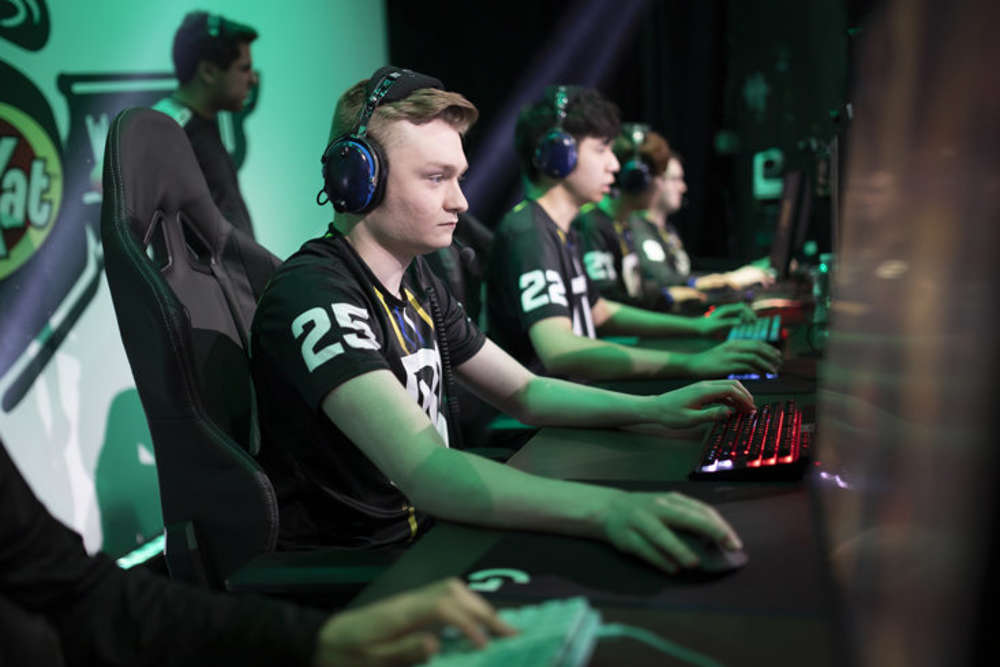
After two seasons of slowly testing the waters, the Overwatch League will finally hit the road full time in 2020. Teams will host two to five homestands each in their local markets and with them come various obstacles that will have to be overcome through inevitable change. The amount and severity of the challenges are by no means equal between teams, leading to potentially wildly different performances during the season. For those who thought that being in the Atlantic Division last year had been a too significant competitive advantage, this year’s circumstances look to dwarf these those concerns. Three years in and mistress OWL is still as fickle as ever. Let’s think ahead.
The burden of the North
It is apparent that some of the new challenges for teams will vary in severity depending on their travel schedule. While we can expect especially the European teams to set up their practice home quarters somewhere on the east coast, the difference in total distance travelled between 21.000 miles for the Washington Justice and 76.000 for the Spitfire (and 71.500 for the Uprising) is significant.
 Table and calculations by Eric Doerr
Table and calculations by Eric Doerr
With the principal case of the Uprising and their having to travel between continents back and forth multiple times, not only is the travel itself troublesome, rebuilding or significantly adding to their roster during the season could also prove problematic.
Worse yet, the Uprising will have to go through 18 weekends of active play, limiting their amount of time to rally if their season were to slip at any point. Times for recuperation are scarce if any for some teams, requiring a different kind of mental fortitude. Last year, the mid-season break seemed instrumental for teams like the Valiant and the Dragons, as they used the break to both reinvent themselves and their approach on how to play the game.
Before we even consider the strength of schedule in terms of what kind of opponents they’ll have to face, the teams in Atlantic North seem to be at a huge competitive disadvantage over teams from the Southern division. Arguably, the Southern teams are amongst the most improved too, making for a gloomy outlook for at least the Uprising, Spitfire and Eternal.
Jetlagged practice on a calculator
Not only can we reasonably assume that teams will have less time to practice because of their travel schedule, through the grapevine teams let slip that they were already underwhelmed with the practice areas at homestands provided even last year. While it is likely that the league will respond with minimum baselines that homestand hosts will have to provide to others for their match day warmups, it sounds like many teams will have to assure the quality of practice entirely themselves. Be it well-equipped internet cafes or local sponsor facilities, teams will have to figure out on the fly how to work in this environment.
In most cities in the world, I expect these practice areas to be finite and on a first come first serve basis. Unless teams can figure out how to carry their practice environments with them on a plane perhaps in the form of high-performance laptops and how to have top notch internet connections at the location, some teams will have the short end of the stick because their management were too late in organizing.
“For my last nefarious deed, PATCHES!”
While the aforementioned factors already make for a volatile mixture of our Overwatch esports system, Blizzard also plans to patch regularly every 6-8 weeks according to a conference call with the teams in July of last year. More so, there is even a slight trend by the developers to balance with bigger changes than just number tweaks which could further add to the meta shift merry-go-round.
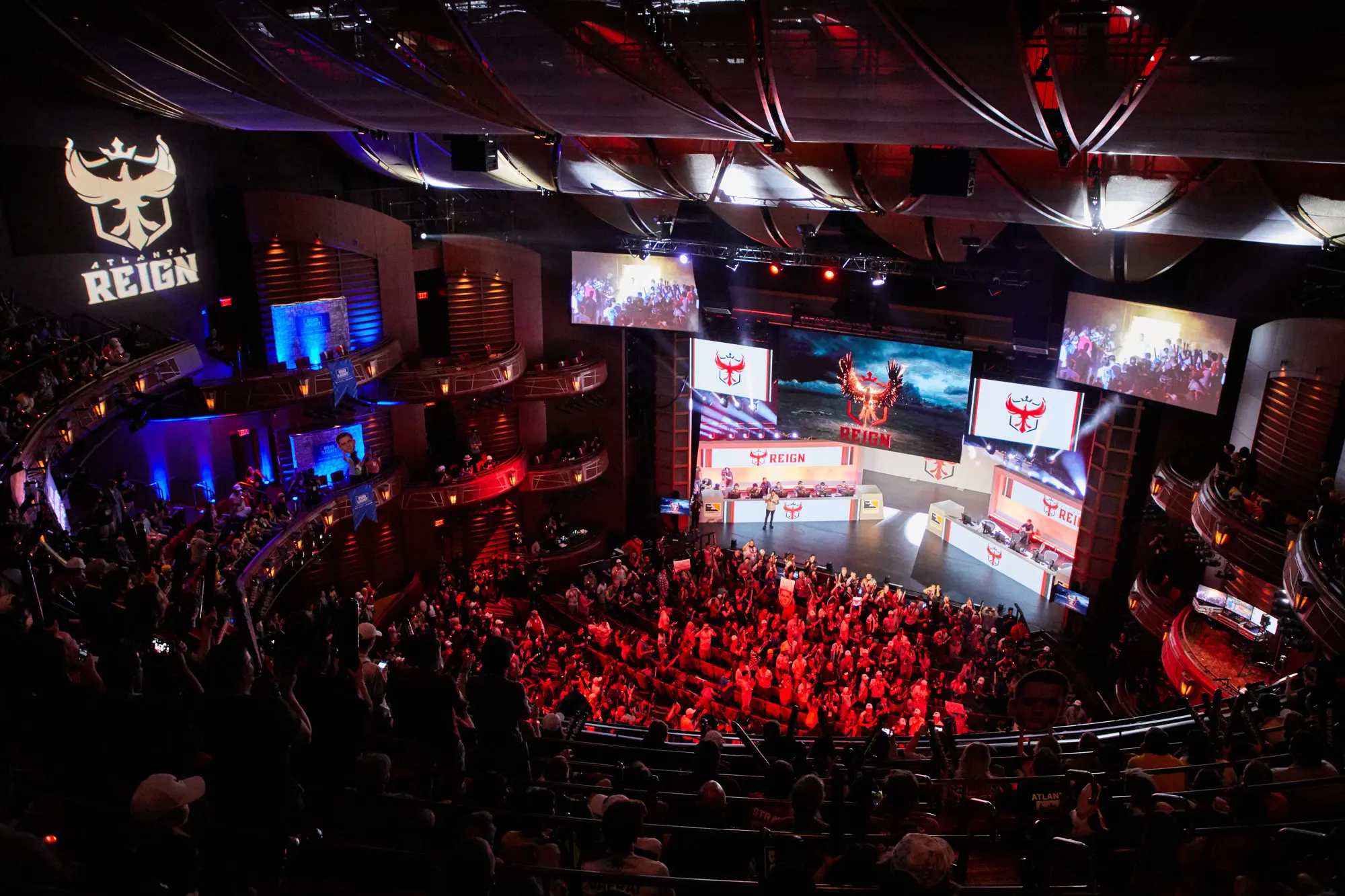
Conclusions & Predictions
Given those complications, we should anticipate that individual skill will be more important for the next season of the Overwatch League. It is unlikely that we’ll reach a level of macro and micro refinement in our next season’s metas as we did with late stage GOATs, in which milliseconds of Zarya’s Barrier timing could decide a team fight and could be actively practiced for.
Indeed, as divisions mostly travel with each other and look to be among the only stable practice partners available, General Manager and Head coach of the Los Angeles Gladiators David “Dpei” Pei even goes as far as to predict that different regions will even have their own metas that develop as they are separated from other teams. If despite the aforementioned circumstances a meta ever does firmly settle, we should look towards systemic factors outside the game as to why no innovation happens, such as a lack of time and opportunity for teams to find their style in every new patch.
From a coaching perspective, more frequently changing balance patches with less time to practice means that the staff will spend a lot of their attention finding the right comps as well as teaching their players solid fundamentals rather than complex and deep strategical and tactical concepts. For instance, questions like “Generally, how good is Widowmaker in this X situation?” or “How do we communicate in each team fight in every meta?” will likely become more important than “What are the correct cooldowns and angles to use when the enemy Zarya has X energy on King’s Row point C?”. To put it differently, coaches will teach rules of thumb that apply in most meta scenarios rather than hard-learned specifics. Inevitably, the level of play will drop by a lot, potentially even low enough where in some regions, the local Contenders teams could shape up to be the best practice partners to find.
With these wildly differently circumstances, it isn’t out of the question that we will see severe changes in the performance of individual players and possibly entire teams. Across esports history there exist plenty of precedents of formerly world-class players rapidly deteriorating when their games' competitive environment switched up on them through either travel, competition format or the game itself making significant changes. As a result of that, I predict that potentially up to twice as many Overwatch League players will retire after season 3 than did after the last season.
Generally, I expect the next season of the Overwatch League to be the most chaotically unpredictable with more surprises than even season 1. Teams will have large deltas in their performances, often unexplainable to the public because of organizational issues happening behind closed doors. When the dust settles, only the teams with the best players, coaches and increasingly more so the best management will prevail.
So who is OWL? For some a backyard barbeque, for others a race around the world.

About The Author
Sascha Heinisch
Sascha "Yiska" Heinisch is a Senior Esports Journalist at GGRecon. He's been creating content in esports for over 10 years, starting with Warcraft 3.
